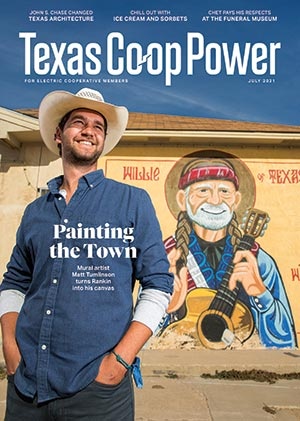An overcast sky painted the North Houston landscape with a somber shade of gray, which seemed appropriate as I approached the National Museum of Funeral History. Based on the institution’s name, I expected an experience akin to a carnival sideshow or a roadside attraction full of plastic corpses and otherworldly burial stories. Instead of a tribute to the bizarre, I found a museum staffed by funeral directors who take their profession—and its history—very seriously.
Starting with a narrative of Egyptian mummies and mummification, I followed a serpentine path through the cavernous building, learning about funerary topics such as custom casket-making and the embalming techniques of the Civil War. Each lesson was communicated through detailed displays or life-size dioramas. Most impressive was the collection of classic hearses, one of which served in the funerals of presidents Gerald Ford and Ronald Reagan. Also fascinating was the step-by-step description of how a pope is laid to rest. This sequence chronicled the death and burial of Pope John Paul III, whose funeral was one of the largest in history.
As expected, I saw displays to satisfy the morbidly curious, such as a three-person casket and the ghost stories that accompany one of the horse-drawn hearses. I found one entire room with memorabilia from the funerals of celebrities such as Michael Jackson, Neil Armstrong and Gene Wilder. That room seemed like a funeral home version of Planet Hollywood.
I could have spent hours learning more about every detail of how we humans mourn and pay tribute to those we’ve lost. It turns out that honoring the dead is a tradition that goes back to the earliest days of humans. This strange yet compelling museum can help us become a little more comfortable with our own inevitable conclusion.


